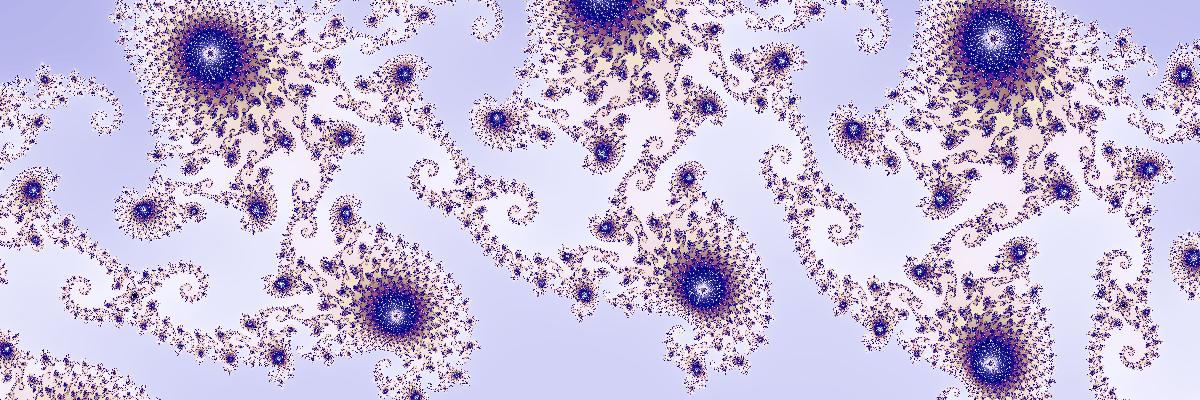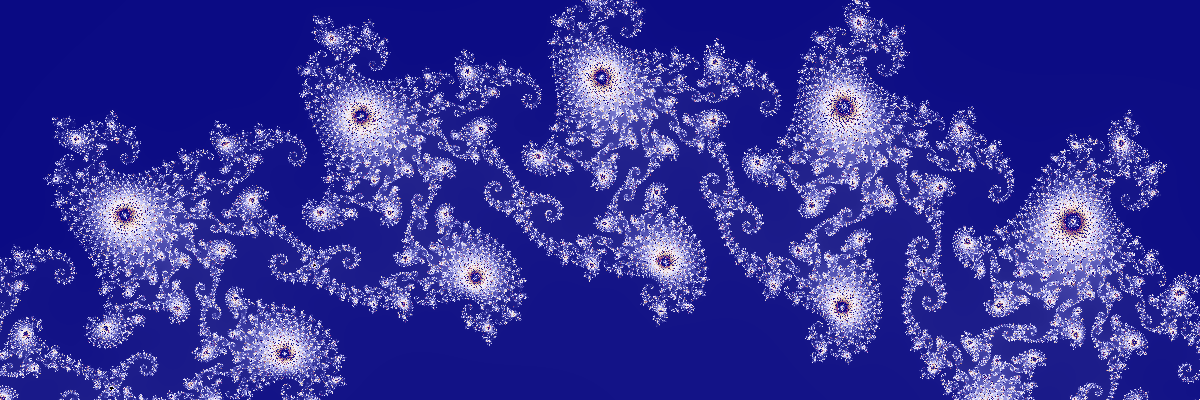Date & Time:
- Tue Oct 17, 6-8pm Pacific time /
- Tue Oct 17, 9-11pm Eastern time /
- Wed Oct 18, 9-11am China time /
- Wed Oct 18, 10am-12pm Japan time
Speaker 1: Weixiao Shen (Fudan University, China)
Title: Prevalent periodic maximization over an expanding circle map
Abstract: I will discuss a joint work with Rui Gao (in progress), where we study the ergodic optimization problem over a real analytic expanding cicle map $T$. Let $M$ be the set of $T$-invariant Borel probability measures on the unit circle. For a continuous real valued function $f$ defined on the unit circle, a measure $\mu_0\in M$ is called maximal if $\mu\mapsto \int f d\mu$ takes its maximum at $\mu=\mu_0$. We shall show that for a typical (in both topological and measure-theoretical sense) real analytic performance function $f$, there is a unique maximizing measure and the measure is supported on a periodic orbit.
Speaker 2: Xin Sun (Peking University, China)
Title: Two dimensional percolation and Liouville quantum gravity
Abstract: Smirnov's proof of Cardy's formula for percolation on the triangular lattice leads to a discrete approximation of conformal maps, which we call the Cardy-Smirnov embedding. Under this embedding, Holden and I proved that the uniform triangulation converge to a continuum random geometry called pure Liouville quantum gravity. There is a variant of the Gaussian free field governing the random geometry, which is an important example of conformal field theory called Liouville CFT. A key motivation for understanding Liouville quantum gravity rigorously is its application to the evaluation of scaling exponents and dimensions for 2D critical systems such as percolation. Recently, with Nolin, Qian and Zhuang, we used this idea and the integrable structure of Liouville CFT to derive a scaling exponent for planar percolation called the backbone exponent, which was unknown for several decades.
Date & Time:
- Tue Nov 21, 5-7pm Pacific time /
- Tue Nov 21, 8-10pm Eastern time /
- Wed Nov 22, 9-11am China time /
- Wed Nov 22, 10am-12pm Japan time
Speaker 1: Gaven Martin (Massey University, New Zealand)
Title: From Teichmüller to Schoen-Yau: Extremal mappings between Riemann surfaces
Abstract: There are two now classical descriptions of the moduli space of a Riemann surface via the theory of extremal mappings. The first from Teichmüller in the 1940s (rigorously established by Ahlfors in 1953) and through the existence of extremal quasi- conformal mappings. The second is through Schoen-Yau's existence theory for unique harmonic diffeomorphisms in the 1970s, and developed into a theory of moduli by many, including Wolf, Tromba and Wolpert many years later. The important ingredient in both is the existence of a holomorphic quadratic differential, from the Beltrami coefficient of an extremal quasiconformal mapping (Teichmüller) or from the Hopf equation (Harmonic). These quadratic differentials define the cotangent space to the moduli space. Here we show that in fact both of these approaches are manifestations of the same theory (that of existence of diffeomorphic extremal mappings of finite distortion) in limiting regimes. We identify parameterised families of moduli spaces (Beltrami coefficients) interpolating between these two end cases defined by a parametrised family of degenerate elliptic nonlinear PDEs giving holomorphically parameterised homotopy between the extremal quasiconformal mapping [which is not a diffeomorphism] and the harmonic diffeomorphism.
Speaker 2: Zachary Smith (University of California, Los Angeles, USA)
Title: Curve attractors for marked rational maps
Abstract: A Thurston map f: (S^2, A) -> (S^2, A) with marking set A induces a pullback relation on isotopy classes of Jordan curves in (S^2, A). If every curve lands in a finite list of possible curve classes after iterating this pullback relation, then the pair (f,A) is said to have a finite global curve attractor. Conjecturally all rational maps that are not flexible Lattes maps have a finite global curve attractor. In this talk I present partial progress on this problem. Specifically, I will prove that if A has four points and the postcritical set (which is a subset of A) has two or three points, then (f,A) has a finite global curve attractor. Time permitting, I will also discuss how to extend this result to certain special cases where there are four postcritical points.
Date & Time:
- Tue Dec 12, 5-7pm Pacific time /
- Tue Dec 12, 8-10pm Eastern time /
- Wed Dec 13, 9-11am China time /
- Wed Dec 13, 10am-12pm Japan time
Speaker 1: Roland Roeder (Indiana University-Purdue University Indianapolis, USA)
Title: Questions about the holomorphic group action dynamics on a natural family of affine cubic surfaces
Abstract:I will describe the dynamics by the group of holomorphic automorphisms of the affine cubic surfaces
\begin{align*}
S_{A,B,C,D} = \{(x,y,z) \in \mathbb{C}^3 \, : \, x^2 + y^2 + z^2 +xyz = Ax + By+Cz+D\},
\end{align*}
where $A,B,C,$ and $D$ are complex parameters. This group action describes the monodromy of the famous Painlevé 6 Equation as well as the natural dynamics of the mapping class group on the $SL(2,\mathbb{C})$ character varieties associated to the once punctured torus and the four times punctured sphere. For these reasons it has been studied from many perspectives by many people including Bowditch, Goldman, Cantat–Loray, Cantat, Tan–Wong–Zhang, Maloni–Palesi–Tan, and many others.
In this talk I will describe my recent joint with Julio Rebelo and I will focus on several interesting open questions that arose while preparing our work "Dynamics of groups of automorphisms of character varieties and Fatou/Julia decomposition for Painlevé 6" and during informal discussions with many people.
Speaker 2: Jinwoo Sung (University of Chicago, USA)
Title: Quasiconformal deformation of the chordal Loewner driving function
Abstract: The Loewner chain provides a method for encoding a simple planar curve by a family of uniformizing maps satisfying a differential equation driven by a real-valued function. For instance, choosing Brownian motion for the driving function gives Schramm–Loewner Evolution (SLE). Driving functions with finite Dirichlet energy encode the class of Weil–Petersson quasicircles, which was identified as the semiclassical limit of SLE in a series of works by Yilin Wang. In this talk, we consider the Loewner chain of a simple planar curve under infinitesimal quasiconformal deformations. We provide a variational formula of the Loewner driving function when the Beltrami coefficients are supported away from the curve. As an application, we obtain the first variation of the Loewner energy of a Jordan curve, defined as the Dirichlet energy of the driving function of the curve. This gives another explanation of the identity between the Loewner energy and the universal Liouville action introduced by Takhtajan and Teo. This is joint work with Yilin Wang.

